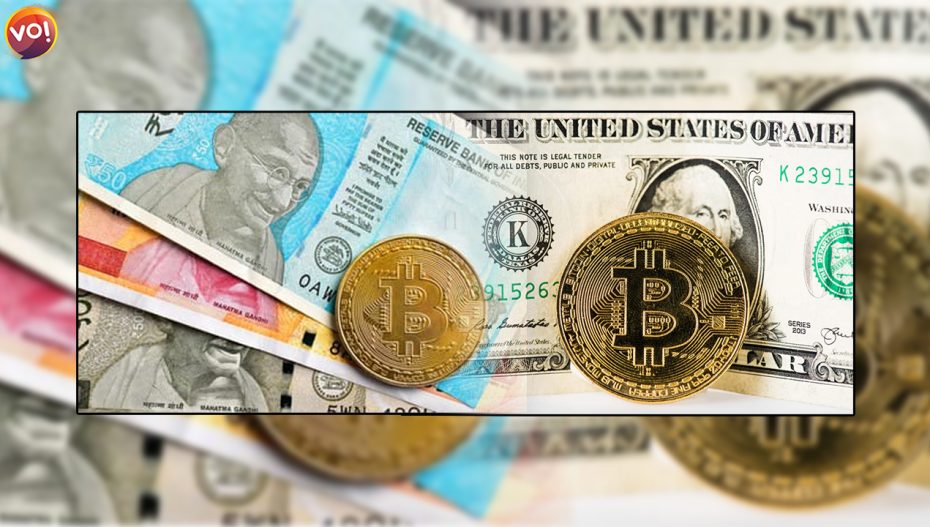While the Indian markets opened on Thursday after the Vijayadashmi holiday, Rupee opened at 81.52 against the dollar at the inter-bank foreign exchange market. However, by the end of the trading day, it attained 81.94, it’s another all-time low continuing it’s regular slide. The Indian currency registered a decline of 32 paise over it’s American counterpart. It has bottomed at 82.50 at the time of writing.
The continuously weakening Indian rupee has frequently fallen to below 82 per dollar recently prompting the RBI to intervene by hiking interest rates by 50 basis points and reiterating its commitment to tightening monetary policy. The Reserve Bank of India also continues to sell its forex reserves to defend the local currency. The RBI is expected to deplete the forex reserves by about 120 million dollars in order to help Rupee.
Many reasons are attributed to the freefall of the Rupee, chief among these are outflows due to defence-related payments and corporate dollar demand for oil imports due to rising oil prices.
In the meantime, the anticipated inclusion of the Indian Rupee in the list of a popular emerging market index which was predicted to generate $30 billion in dollar inflows also got delayed after an announcement of J.P. Morgan that Indian bonds would remain on the watch list.
The speculative demand for dollars fuelled by concerns by the corporates about the rupee falling below the 82 mark in near future also worsens the situation for the rupee.
On one hand, the club of oil-producing countries decided to reduce the output bringing the oil prices to around $94 per barrel, it further increased the price by about $10/per barrel to cover up the losses. India is the world’s third-largest importer of oil, hence any increase in crude price is bad news for the rupee.
International investors were on a selling spree also last week. FIIs sold domestic shares worth more than Rs 10,000 crore which also dampened the spirits. One more reason is that the rupee is steamrolled by an aggressive U.S. Federal Reserve rate-hiking campaign.
The US Dollar Index is a leading benchmark for the international value of the US dollar and the world’s most widely-recognized, publicly-traded currency index. It measures US currency strength against major currencies. At the time of writing this article, it is at 112.18.
However, the slide against the dollar is not exclusive to the Indian rupee. Various Asian currencies dropped too. The Japanese yen is down more than 25% to trade at 144 against the dollar and there is a 1.12 per cent decline in the South Korean won. The Indonesian rupiah decreased by 0.72 percent and the Taiwan dollar by 0.58 per cent. There was a 0.44 per cent decline in the Singapore dollar, a 0.21 per cent decline in the Thai baht, and a 0.18 per cent decline in the Malaysian ringgit.
Also Read: Cows Are At The Centre Of Gujarat Politics. Here’s why













